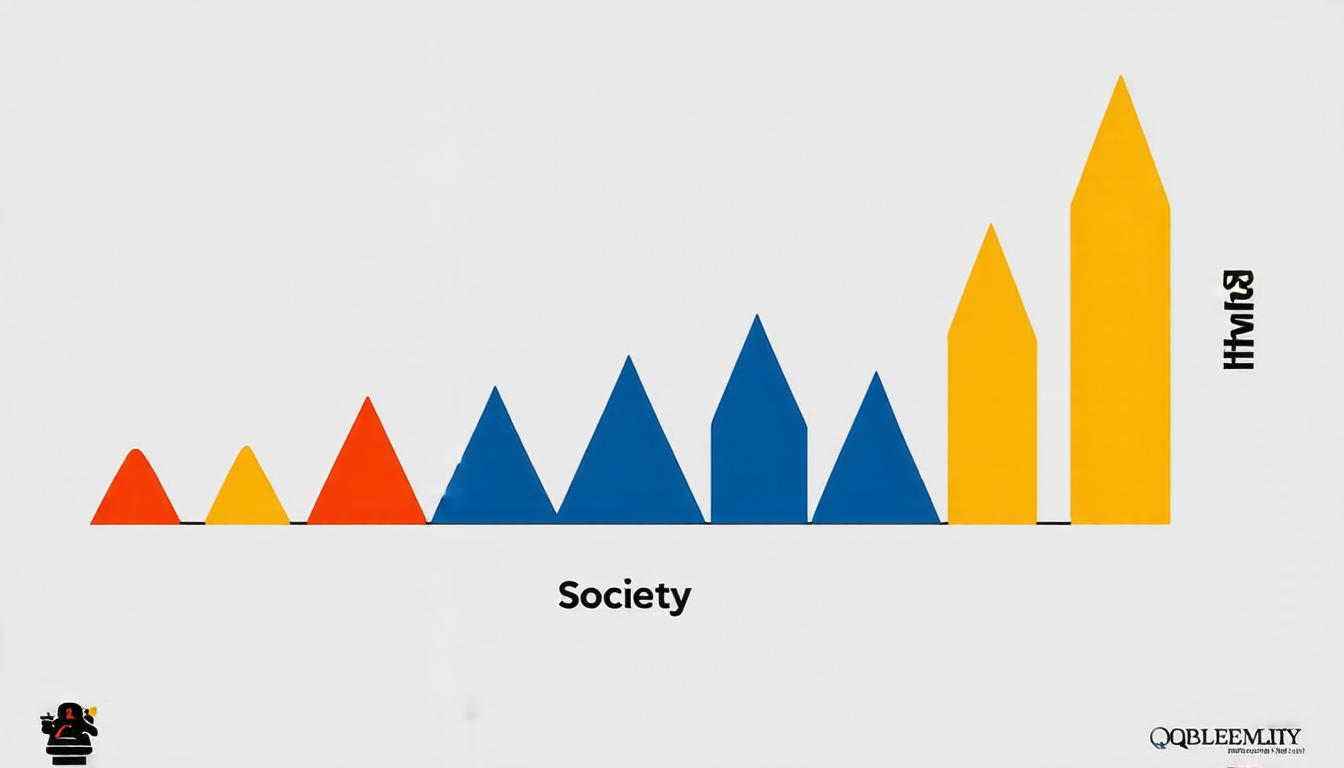Sunday 27 July 2025
A new model has been developed that sheds light on the complex relationship between economic growth and social unrest. The researchers, who are experts in the field of statistical physics, have created a simple yet powerful framework to understand how societies collapse.
The model is based on the idea that as wealth becomes more concentrated among a few individuals or groups, it can lead to widespread dissatisfaction among others. This dissatisfaction can then trigger a chain reaction of events, ultimately resulting in social unrest and even collapse.
To test this theory, the researchers created a computer simulation of a society with a population of 100,000 individuals. They varied different parameters, such as the rate at which wealth is generated and the frequency of resets, to see how it affected the outcome.
The results were striking: as the concentration of wealth increased, so did the likelihood of social unrest. The model also showed that the timing of these events was unpredictable, with some societies experiencing a rapid collapse while others remained stable for longer periods.
One of the key findings of the study is that the distribution of wealth plays a crucial role in determining the stability of society. When wealth is distributed evenly, the system remains stable, but as it becomes more concentrated, the risk of social unrest increases.
The researchers also found that the rate at which wealth is generated has a significant impact on the outcome. Faster growth rates can lead to a greater concentration of wealth, while slower rates can result in a more even distribution.
The model has important implications for our understanding of societal collapse and how we might prevent it. By studying the factors that contribute to social unrest, policymakers may be able to develop strategies to mitigate these risks and promote more stable societies.
While the study is still in its early stages, the findings have significant potential to inform policy decisions and shape our understanding of complex social systems. As researchers continue to refine the model and gather more data, we can expect to learn even more about the intricate relationships between economic growth, social inequality, and societal collapse.
Cite this article: “Modeling the Tipping Point: How Wealth Concentration Leads to Social Unrest”, The Science Archive, 2025.
Economic Growth, Social Unrest, Statistical Physics, Wealth Distribution, Societal Collapse, Computer Simulation, Policy Decisions, Economic Inequality, Complex Systems, Stability
Reference: Alexander Jochim, Stefan Bornholdt, “Self-organized Collapse of Societies” (2025).







